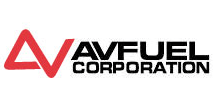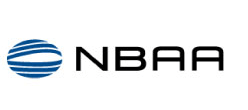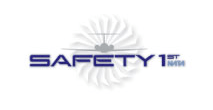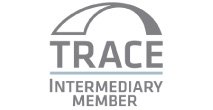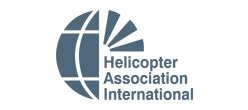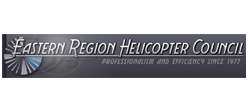The Difference Between Unscheduled and Scheduled Aircraft Maintenance
Flight is exciting, fun, convenient for travel, and hopefully, a safe hobby, career, or means of travel. Maintenance and inspections of aircraft are absolutely necessary to keep all aircraft safe to fly. Much of the maintenance that an aircraft receives is scheduled and is known to pilots and technicians. Unscheduled maintenance occurs when there is an unexpected issue with the aircraft that must be addressed immediately to ensure the safety of pilots and passengers.
While unscheduled and scheduled aircraft maintenance are each performed in different scenarios, they can be connected. Often, the need for unscheduled maintenance is discovered during routine checks and scheduled maintenance. In this event, the unscheduled maintenance can be performed to fix an issue before it ever becomes unsafe or an emergency.
Here are a few examples of scheduled maintenance:
Preflight Checks
While many may consider the preflight check to be just that, a check, it is actually a form of maintenance. Before the aircraft ever takes to the air, the pilot uses a checklist to ensure every aspect of the aircraft is on safe working order. The interior of the aircraft, including the cabin and cockpit are thoroughly checked, as well as the vital systems for flight and safety. A visual inspection of the exterior of the aircraft is performed to ensure that there are no abnormalities or damage that could cause a safety issue. The preflight check is an example of scheduled maintenance that can lead to unscheduled maintenance. If anything on the checklist is discovered to be unsafe or in need of repair, a maintenance technician is then contacted to make the repairs, whether they are minor or major.
Annual Inspections
Annual inspections are detailed inspections performed every 12 months and are required for any aircraft used for hire, recreational, or flight instruction purposes. An annual inspection is similar in scope to the 100-hour inspection which includes a review of all the aircraft logbooks and testing and inspecting the engine, flight surfaces, flight controls, and avionics. If any issues are discovered, maintenance is performed.
100-Hour Inspections
100-hour inspections are required by the FAA for flight instruction and for hire aircraft. This comprehensive inspection includes nearly every aspect of the aircraft including the interior, exterior, and mechanical operations.
Inside the aircraft, the cabin and cockpit are thoroughly inspected. Seats and seatbelts are tested and any loose objects that are discovered must be secured. The avionics, yoke, fuel switches, flight controls, and battery are also inspected and tested. The engine and engine area are inspected and routine maintenance is performed that includes cleaning the spark plugs and changing the oil.
All other major components of the aircraft are also inspected, including the fabric and skin of the fuselage, the windows, cabin and cargo doors, and the flight control surfaces, as well as the tires, brakes, struts, and landing gear. Inspection plates, access doors, cowlings, and fairings are removed, and all of the major components of the aircraft are inspected.
50-Hour Inspections
Unlike 100-hour inspections, 50-hour inspections are not required by the FAA. However, because an oil change is necessary at 50 hours, it is generally recommended to perform at least a cursory inspection of the aircraft at the same time to prevent any issues from arising. Preventative maintenance is often simpler, less expensive, and less time-consuming than emergency, unscheduled maintenance for an issue that could have prevented with a routine check.
Saker Aviation employs expert technicians to perform scheduled and unscheduled aircraft maintenance, including major and minor airframe services for major commercial airlines, private and business jets, and military aircraft. We are dedicated to safety and strive to be the very best in the aviation industry.
CONTACT SAKER AVIATION
CONTACT SAKER AVIATION
Do you have an inquiry regarding our FBOs
or charter services?
We'd love to hear from you!



